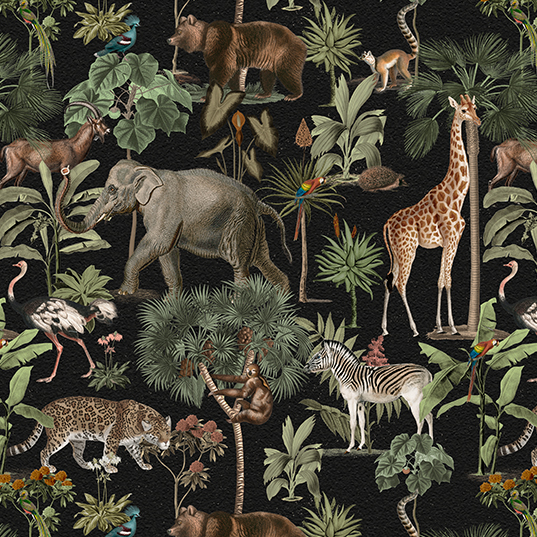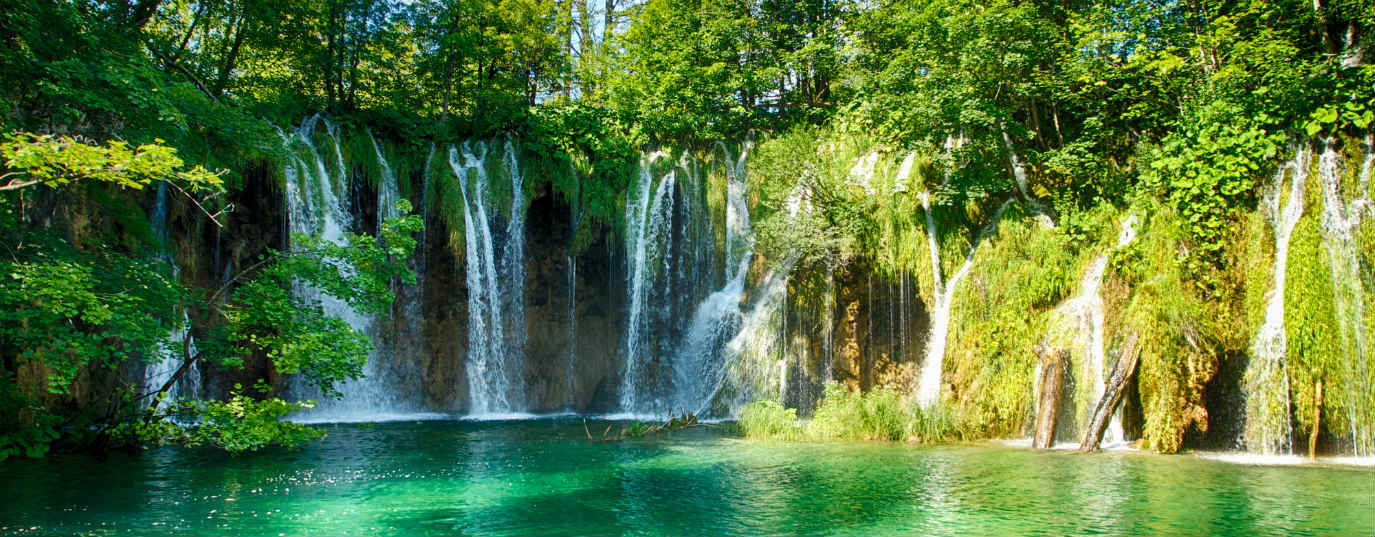30x30, the global agreement to protect and restore biodiversity
They call it the Paris Agreement for Biodiversity, a pact to protect 30% of biodiversity before 2030 in order to halt species extinction
One in every 10 animal and plant species could be extinct by the end of the century if the current tendency of destroying nature and increasing temperatures persists. Alarming data like this led to over 100 countries signing the 30x30 Agreement at the latest Biodiversity Summit (COP15), a plan aiming to protect 30% of the planet’s biodiversity before 2030.
What will I learn from this article?
- Rising temperatures and species extinction
- The “30x30” deal at the Biodiversity Summit
- The central role of indigenous peoples
Rising temperatures and species extinction
A 68% reduction in animal life on Earth has been recorded since 1970. A figure that continues to grow. And research shows that biodiversity on Earth will continue to suffer irreparable damage until we find ways of preserving it.
If the current tendency continues, the global rise in temperature could reach 2.7 degrees by the end of the century and cause the extinction of 13% of animals and plants (17% in the case of vertebrates). In the worst case scenario, with an increase in temperatures of between three and four degrees, 27% of species could disappear from the face of the Earth by the year 2100.
“The global rise in temperature could reach 2.7 degrees by the end of the century and cause the extinction of 13% of all animals and plants”
 According to a study published in the magazine Science Advances, the planet has entered the Sixth Mass Extinction phase. The researchers point out that disappearances in the species chain could also occur, which they call “coextinction”, the survival of predators left without prey, placing them in grave danger too. Or parasite insects who lose their “hosts” and the plant species left without pollinators. A domino effect that would checkmate biodiversity and unbalance the planet.
According to a study published in the magazine Science Advances, the planet has entered the Sixth Mass Extinction phase. The researchers point out that disappearances in the species chain could also occur, which they call “coextinction”, the survival of predators left without prey, placing them in grave danger too. Or parasite insects who lose their “hosts” and the plant species left without pollinators. A domino effect that would checkmate biodiversity and unbalance the planet.
We have already discussed this in depth in this article, on how the ecosystem services, so necessary for life on Earth, function and how interrelated they must remain to be effective.
But there is hope that the worst consequences can be avoided. The scientific community and governments across the world reached an agreement, to defend and restore the planet’s biodiversity, at the COP15 Biodiversity Summit in Montreal (Canada) at the end of 2022.
The Paris Agreement for Biodiversity: protecting 30% of species by 2030
The Montreal Biodiversity Summit ended with an historic agreement signed by 190 governments, who agreed to undertake a series of specific actions with the aim of protecting 30% of the Earth’s surface, including land and oceans, by 2030. The “30x30” plan is considered the equivalent of the Paris Agreement to limit the maximum temperature increase to 1.5 degrees.
The new project, officially named the Global Biodiversity Framework, represents an important milestone in the collaboration efforts to protect the Earth’s environment. By adopting this framework, the participants have come up with a roadmap to achieve three main objectives:
- Conserve biological diversity
- Achieve sustainable consumption of the different components of biological diversity
- Facilitate a fair and equitable distribution of the benefits derived from the use of natural resources.
In an unprecedented advance, the participants committed to guaranteeing the protection of at least 30% of all the Earth and oceans by 2030. This is not a percentage chosen at random; it is the critical point established by the scientific community to avoid the risk of massive extinction and simultaneously assure food supply and economic prosperity, i.e. to achieve the objective of sustainable development.
The Waldron report, published by Cambridge University Professor Anthony Waldron in collaboration with 100 top economists, shows how protection of 30% of the Earth and seas by 2030 would favor the world economy. It says this would result in 5 times more benefits than from investment alone. The experts also maintain that effective nature conservation will boost economic growth, offering crucial non-monetary benefits and contributing to a more resilient global economy.
“The protection of 30% of the Earth and seas by 2030 will boost the world economy”
Learning from those who have spent millennia caring for nature
The aim of “30x30” was proposed by a coalition headed by the United Kingdom, France and Costa Rica, and agreed by over 100 nations. It places indigenous communities in the spotlight since it’s feared the “protection” of natural spaces could suppose the displacement of local populations, given that 80% of biodiversity is thought to be concentrated in the territories of indigenous peoples.
The rights of these communities and their contributions to biodiversity conservation are recognized and respected in the terms of the agreement. The text mentions on up to 18 occasions the role of indigenous peoples in the preservation of biodiversity and warns that the local community conservation model should be the one to follow to achieve the “30x30” goal.
Everyone seems to agree on one thing at least: that urgent action is needed to stop nature deteriorating. The agreement reached at the COP15 Biodiversity Summit represents an important milestone for collaboration efforts to protect Earth’s environment.
Sources:
- https://www.elmundo.es/ciencia-y-salud/medio-ambiente/2022/12/20/63a08666fc6c8345548b4592.html
- https://www.elmundo.es/ciencia-y-salud/medio-ambiente/2022/12/19/63a03a0821efa03a438b4582.html
- https://www.elmundo.es/ciencia-y-salud/medio-ambiente/2022/12/15/6397612c21efa0625e8b45bc.html
- https://www.elmundo.es/ciencia-y-salud/medio-ambiente/2022/12/07/6390b57a21efa0c2298b456f.html
- https://www.weforum.org/agenda/2023/01/cop15-historic-deal-protect-nature-earth-2030/







